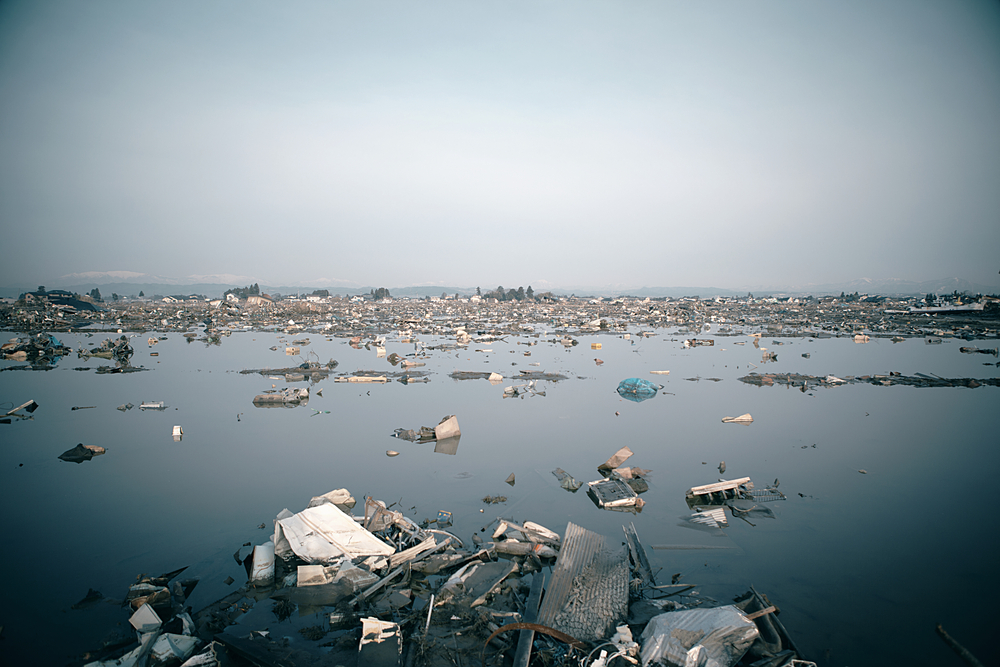In the years immediately after a massive 2011 earthquake and tsunami crippled the Fukushima nuclear power plant in Japan, low levels of radiation showed up in seawater, causing alarm for many around the world.
Now, nearly a decade after the nuclear disaster, concerns about radioactive water from Fukushima are on the rise again because the Japanese government is planning on releasing millions of gallons of contaminated water into the ocean starting in 2022, according to reports.
Saying there are no other options, the new Prime Minister of Japan, Yoshihide Suga, faces additional international pressure amid reports that Japan will be expediting plans to dump millions of gallons of radioactive water directly into the ocean.
RELATED STORY:
Reports have been widely circulated among Japan’s leading news agency and across international media that suggest the decision has already been made by the new Japanese Government and will be publicly announced later this month.
Over 1.2 million tons of radioactive cooling water from the Fukushima Nuclear Plant will be released.
While the water will be treated, it will still be radioactive. 170 tons of new radioactive wastewater is generated each day and is stored in 1,000 specially designed tanks.
Environmentalists and local fishermen have been urging the Japanese Government to reconsider this option, after almost a decade of trying to build back their reputation around the plant, where elevated radioactive levels can still be detected.
RELATED STORY:
South Korea still bans all seafood imports from this part of Japan, and has held urgent talks with Japanese counterparts to find a more measured approach to managing the Fukushima water crisis that would not risk human health or the environment.
Japan says that releasing the contaminated cooling water into the vast ocean in the years ahead poses only minimal risks, but others say that that’s not known for certain.
What is known for certain is that the government has to make a decision very soon.
The government would begin to release the contaminated water into the ocean when the tanks being used to store it reach capacity. The final decision about whether or not to implement the plan is expected to be announced by November.












